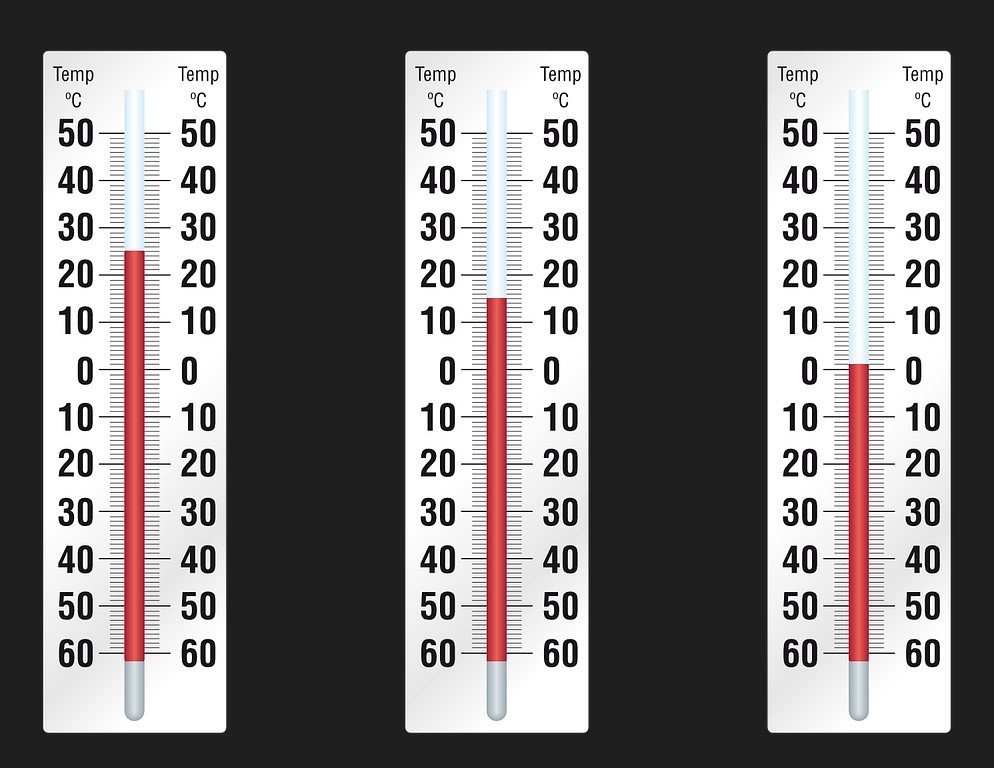Welcome, I’m here to help you navigate the discomfort of having a kink in your neck. As an expert with extensive experience in muscle strains and tension, I understand how debilitating it can be. A kink in your neck can not only disrupt your day but also impact your overall wellbeing. This guide is designed to provide you with practical strategies to alleviate this discomfort.
So, what causes a kink in your neck and how can we get rid of it? A kink in your neck often results from muscle strain or tension caused by poor posture, improper sleeping position, or overexertion. By following the tips in this guide, you can effectively manage and prevent the recurrence of neck kinks. These include heat and cold treatments, specific stretching exercises, lifestyle modifications, and more. So, stay with me as we delve deeper into these solutions.
What is a Kink in the Neck?
A kink in the neck is a common condition characterized by stiffness, discomfort, and difficulty in moving your neck. It typically occurs when the muscles in your neck become tense or strained. This tension can be due to a variety of factors including poor posture, incorrect sleeping position, or sudden movements that jolt the neck. The resulting pain can range from a mild annoyance to severe discomfort, depending on the intensity of the muscle strain.
Understanding the nature of this condition is key to their effective management and prevention. A kink in the neck is not just a physical phenomenon but also has a psychological component. Stress, for instance, can lead to muscle tension in the neck, resulting in a kink. Similarly, prolonged periods of sitting or standing in one position, especially if the posture is incorrect, can lead to muscle strain causing a neck kink.
According to recent studies, nearly two-thirds of the population will experience neck pain or a kink in the neck at some point in their lives. This statistic underscores the prevalence of this condition and the importance of understanding its causes and remedies. With the right knowledge, it’s possible to manage and even avoid this discomfort effectively.
The Role of Heat and Cold Treatments
Heat and cold treatments play a significant role in managing muscle strain associated with a kink in the neck. These treatments work by influencing blood flow and inflammation, two key components in the body’s healing process. Heat therapy increases blood flow and relaxes muscles, while cold therapy reduces inflammation and numbs the pain.
Heat treatments such as warm showers, heat pads, or hot towels can be used to soothe stiff neck muscles. This increased blood flow helps to deliver more oxygen and nutrients to the muscles, facilitating faster healing. On the other hand, cold treatments like ice packs can be applied to the affected area to reduce inflammation and provide relief from acute neck pain.

How to Get Rid of a Kink in Your Neck: A Practical Guide
It’s important to note that these treatments should be used appropriately for maximum effect. For instance, heat therapy is more beneficial for chronic neck stiffness, while cold therapy is typically recommended for acute injuries or inflammation. Always remember to wrap heat or cold sources in a cloth before applying them directly to your skin to avoid burns or frostbite.
5 Effective Stretching Exercises for Neck Kinks
Stretching exercises are a great way to relieve tension and stiffness associated with a kink in the neck. Regular practice of these exercises can also strengthen your neck muscles, improve mobility, and prevent future occurrences of neck kinks. Here are five effective stretching exercises that you can incorporate into your daily routine.
-
Neck Tilts: Start by standing or sitting upright. Gently tilt your head towards your shoulder until you feel a stretch on the opposite side of your neck. Hold this position for about 30 seconds and then repeat on the other side.
-
Neck Turns: Turn your head to one side as far as you comfortably can, ensuring your nose is over your shoulder. Hold for 30 seconds and then repeat on the other side.
-
Neck Flexion and Extension: Slowly bend your head forward until your chin touches your chest and hold for 30 seconds. Then, gently tilt your head backwards and look up at the ceiling, holding this position for another 30 seconds.
-
Shoulder Rolls: Roll your shoulders backwards in a circular motion 10 times, and then roll them forwards 10 times.
-
Chest Stretch: Stand with your hands behind your back. Pull your shoulder blades together and extend your chest forward. Hold this position for 30 seconds.
Remember, these exercises should be performed slowly and smoothly without any sudden movements. If any exercise causes pain or discomfort, stop immediately and consult with a healthcare professional. Regular practice of these stretches can significantly help in managing and preventing neck kinks.
The Impact of Lifestyle Changes on Neck Health
The way we live our daily lives can have a significant impact on our neck health. Factors such as our posture, the amount of physical activity we engage in, and even the type of pillows and mattresses we use can contribute to the occurrence of neck kinks. Therefore, making conscious lifestyle changes can play a crucial role in preventing and managing neck kinks.
Consider your posture, for instance. Maintaining good posture, especially while sitting for extended periods, can help keep your neck muscles relaxed and reduce the risk of kinks. Regular physical activity, particularly exercises that strengthen the neck and shoulder muscles, can also be beneficial.
Moreover, choosing the right type of pillow and mattress can significantly affect neck health. A supportive pillow that maintains the natural curvature of your neck and a firm mattress that supports your spine can prevent undue strain on your neck muscles. In fact, a study found that participants who used feather pillows or memory foam pillows reported fewer instances of neck pain compared to those using other types of pillows. This highlights the potential of these lifestyle changes in maintaining good neck health.
How Massage Techniques Can Alleviate Neck Kinks
Massage techniques can be exceptionally beneficial in alleviating the discomfort associated with neck kinks. They work by helping to relax tense muscles, increase blood flow to the affected area, and promote overall relaxation. This can result in significant relief from the pain and stiffness that often accompany a kink in the neck.
There are several types of massage techniques that can be effective for neck kinks. For instance, Swedish massage involves long strokes and kneading movements that help to release muscle tension. Deep tissue massage, on the other hand, uses more pressure to reach deeper layers of muscle and fascia, which can be particularly helpful for chronic neck pain.
Moreover, trigger point massage focuses on specific areas of the body where you feel pain or tension, such as the neck. This technique involves applying pressure to these “trigger points” to alleviate pain. It’s noteworthy to mention that while these massage techniques can provide relief, they should be performed by a trained professional to avoid any potential injury. Lastly, always consult with a healthcare provider before starting any new treatment method for neck kinks.
When to Seek Professional Medical Help?
While many instances of a kink in the neck can be managed with home remedies such as heat/cold treatments, stretching exercises, and lifestyle changes, there are situations when professional medical help should be sought. Recognizing these scenarios is crucial to prevent further complications and ensure appropriate treatment.
A visit to a healthcare provider is warranted if the neck pain is severe, persists for several days without relief, or is accompanied by other symptoms such as numbness, tingling, weakness in your arms or hands, or loss of bladder or bowel control. These could potentially indicate a more serious underlying condition that requires immediate attention.
Moreover, if your neck pain resulted from a traumatic event, such as a fall or car accident, it is essential to seek medical attention immediately. This is to rule out any serious injuries like fractures or dislocations. According to the American Academy of Orthopaedic Surgeons, neck pain following an injury or trauma should always be evaluated by a medical professional to rule out damage to the spinal cord or other critical structures. Therefore, while self-care strategies can be effective for managing minor neck kinks, seeking professional help becomes vital when symptoms persist or worsen over time.
Conclusion
A kink in the neck, while common and often temporary, can cause significant discomfort and impact daily life. However, understanding the causes and knowing how to manage it effectively through heat/cold treatments, stretching exercises, massage techniques, and lifestyle changes can help alleviate the discomfort and improve neck health.
It’s important to remember that while self-care strategies can be effective for minor neck kinks, professional help should be sought when symptoms persist or worsen over time. With the right knowledge and approach, you can navigate this common condition with confidence and maintain your neck health.
Frequently Asked Questions
[faq-schema id=”1273″]
















